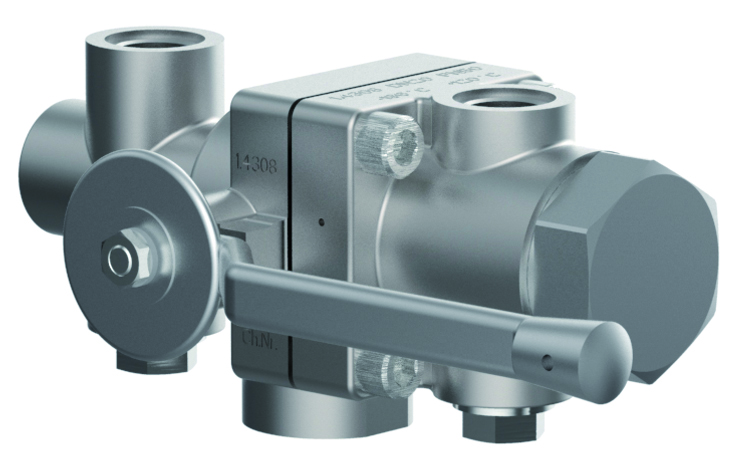Technology for the energy transition
HEROSE products for biogas liquefaction
HEROSE offers a comprehensive range of valves for use in biogas and CO₂ liquefaction. Here you will find a selection of the corresponding HEROSE products.
HEROSE valves for bio-LNG plants
There are around 17,000 biogas plants in Europe today and the number is constantly increasing. Methane liquefaction is a tried-and-tested option for all plant operators: liquid bio-LNG creates a climate-neutral fuel that gas trucks can fill up with. CO₂ liquefaction is also possible in the plant in order to use the CO₂ for industrial processes. In addition, CO₂ certificates are created that can be traded.
Shut-off valves

Application areas
- At the storage tank for cryogenic liquefied CO2
- At the storage tank for cryogenic liquefied bio-LNG
- On pipelines between the liquefaction of the bio methane and the storage as well as between the storage and the filling station
Change-over valves

Application areas
- On the storage tank for cryogenic liquefied CO2 and bio-LNG to set up safety valves
- For use when servicing safety valves without emptying the system or interrupting the process
Safety vales

Application areas
- Protection of pressurised tanks (storage of C02 and bio-LNG) and pipelines against thermal expansion
- Pressure protection of the processes for separating methane and CO2 in membrane systems
Actuated valves

Application areas
- Controlling the bio-LNG flow in pipeline from the storage tank to the filling station unit as well as in the dispenser unit
- Expansion valve in the cold box for liquefying organic natural gas into organic LNG
Check valves

Application areas
- In piping systems between liquefaction, storage and loading system to prevent backflow
How biogas become bio-LNG
- Pretreatment to clean the gas
Here the raw biogas is cooled down and freed from pollutants such as hydrogen sulphide or volatile organic compounds - activated carbon is used for cleaning.
- Separation of methane and CO₂ for biogas processing
CO₂ diffuses faster through a membrane surface under pressure than methane. A 99 percent methane purity is achieved in a 3-stage membrane process.
-
Fine cleaning and liquefaction of biomethane
In order to achieve the specifications for liquefying the biomethane, fine cleaning is necessary. With the help of a molecular sieve, remaining water and carbon dioxide are removed, then the biomethane is brought to 100 bar pressure in order to be expanded and cooled down in several stages using Joule-Thomson valves. - CO₂ liquefaction
In an additional process step, the CO₂ can be cleaned, dried and liquefied from the exhaust gas stream from biogas processing.
- Tank storage and loading system
Until it is loaded, the liquefied bio-LNG, which is around -155°C, is temporarily stored in a double-walled, vacuum-insulated tank.

